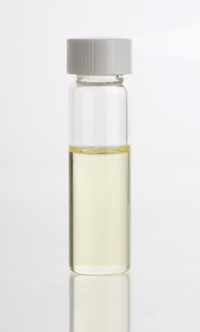
Photo from wikipedia
The simultaneous effects of three continuous factors: solvent concentration (50–100%), treated times (25–85 min), treated temperatures (25–55 °C), and two categorical factors: type of solvents (methanol or ethanol) and ultrasonic… Click to show full abstract
The simultaneous effects of three continuous factors: solvent concentration (50–100%), treated times (25–85 min), treated temperatures (25–55 °C), and two categorical factors: type of solvents (methanol or ethanol) and ultrasonic frequency (28 kHz or 40 kHz) on ultrasonic-assisted extraction yield from waste orange peels were evaluated and optimized by response surface methodology. Fourier Transform Infrared (FTIR) spectroscopy with a wavelength of 500 cm−1 to 4000 cm−1 was employed to rapidly identify the orange extracts. The significant polynomial regression models on crude extraction, sediments after evaporation, and precipitation yield were established (p < 0.05). Results revealed that solvent concentration affected crude extraction and precipitation yield linearly (p < 0.01). The optimal and practical ultrasound-assisted extraction conditions for increasing the precipitation yield were using 61.42% methanol with 85 min at 55 °C under 40 kHz ultrasonic frequency. The spectra of extracts showed a similar fingerprint of hesperidin.
Journal Title: Molecules
Year Published: 2022
Link to full text (if available)
Share on Social Media: Sign Up to like & get
recommendations!